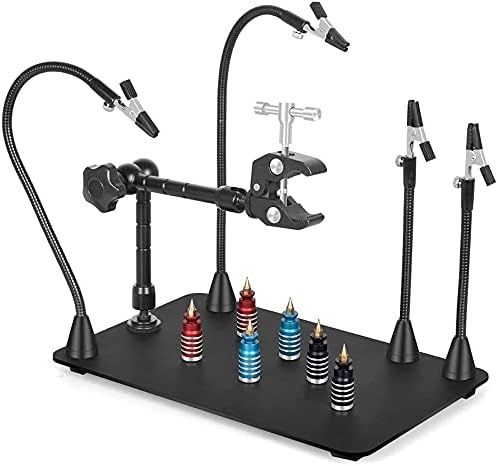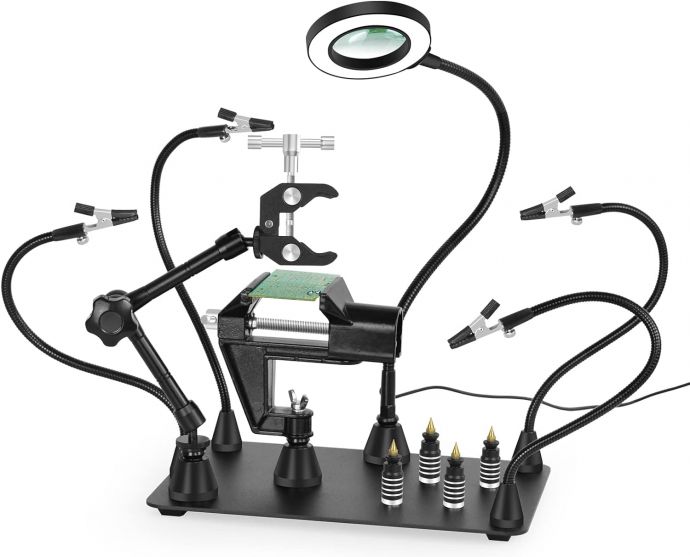Maintaining optimal vision is crucial for overall quality of life, as it enables you to engage fully in everyday activities and appreciate the world around you. In today's digital era, where screens dominate our work and leisure time, ensuring that our eyes are healthy and functioning well is more important than ever. Here, we explore various strategies to maximize your vision, combining lifestyle changes, dietary considerations, and technological aids.
**Understand Your Eye Health**

The first step in maximizing your vision is understanding your current eye health. Regular eye examinations should be a priority, as they can help detect issues like myopia, hyperopia, astigmatism, and presbyopia early. They also provide a window into your overall health — certain conditions like diabetes and high blood pressure can be identified through changes in the retina and blood vessels of the eye.
**Protect Against Blue Light**
Digital devices emit blue light, which can contribute to digital eye strain. Symptoms can include dry eyes, headaches, blurred vision, and even difficulty focusing. Implementing the 20-20-20 rule can help alleviate these symptoms. The rule suggests that for every 20 minutes spent looking at a screen, you should look at something 20 feet away for at least 20 seconds. This practice helps relax the eye muscles and reduces fatigue.

Additionally, many devices now offer settings that reduce the emission of blue light. Utilizing these settings, especially in the hours leading up to bedtime, can reduce strain and improve sleep quality.
**Incorporate Eye-Friendly Foods**
A balanced diet rich in certain nutrients can significantly benefit your vision. Foods high in omega-3 fatty acids, lutein, zinc, and vitamins C and E have been linked to a reduced risk of age-related vision problems like macular degeneration and cataracts.

- **Omega-3 Fatty Acids:** Found in fish like salmon and mackerel, as well as in flaxseeds and walnuts.
- **Lutein and Zeaxanthin:** These carotenoids are found in leafy greens such as spinach, kale, and broccoli.
- **Vitamin C:** Citrus fruits like oranges, strawberries, and broccoli are excellent sources.
- **Vitamin E:** Nuts, seeds, and wheat germ oil provide these antioxidants that protect cells in your eyes from free radicals.
- **Zinc:** Found in foods like oysters, red meat, poultry, beans, and nuts, zinc is crucial for maintaining the health of the retina.

By integrating these nutrients into your diet, you can support the maintenance and enhancement of your vision.
**Stay Hydrated**
Hydration plays a vital role in eye health. Dehydration can lead to dry, irritated eyes, so it’s essential to consume adequate amounts of water daily. Staying hydrated helps maintain a healthy tear film on the eye's surface, reducing discomfort and irritation.

**Exercise Regularly**
Physical activity is not only good for your body but also for your eyes. Regular exercise improves blood circulation, which can aid in removing toxins from the eyes. It can also reduce the risk of developing conditions like type 2 diabetes, which is a leading cause of blindness in adults.
**Avoid Smoking**

Smoking has been linked to an increased risk of developing eye conditions such as cataracts, macular degeneration, and damage to the optic nerve. Quitting smoking can significantly reduce the risk of eye damage and improve overall health.
**Corrective Lenses and Sunglasses**
If an eye examination reveals a need for corrective lenses, whether glasses or contact lenses, it’s essential to use them as prescribed. Incorrect use or neglect can lead to further deterioration of vision.

Moreover, protecting your eyes from ultraviolet (UV) rays is crucial. Sunglasses that block 100% of UVA and UVB rays can help prevent cataracts and macular degeneration, as prolonged exposure to UV radiation can damage the retina.
**Practice Eye Exercises**
Just like any other muscles in the body, eye muscles benefit from regular exercise. Simple exercises can help improve flexibility and strength. Palming, figure eights, and focus change are some exercises that can reduce eye strain and improve focus ability.
For example, focus change involves holding one finger a few inches from your eye, focusing on it, and then slowly moving it away while maintaining focus. Repeating this exercise several times a day can enhance your ability to focus at near and far distances.
**Utilize Technological Advancements**
Modern technology offers numerous advancements that can aid in vision care. Apps that implement eye exercises, as well as smart lenses and adjustable focus glasses, are becoming increasingly accessible. These technologies can provide personal insights and tailored routines to improve and maintain eye health.
**Conclusion**
Maximizing your vision involves a multifaceted approach that includes regular eye examinations, conscious lifestyle choices, and a diet rich in eye-healthy nutrients. Simple changes, such as practicing the 20-20-20 rule, incorporating physical activity, staying hydrated, and protecting your eyes from environmental hazards, can significantly enhance your visual health. In a world where screens are inescapable and pollution prevails, taking proactive steps to protect and optimize your vision will ensure that your eyes serve you well throughout your life. By being aware and taking action, you can safeguard this precious sense, ensuring that you continue to enjoy the full scope of the world around you.









